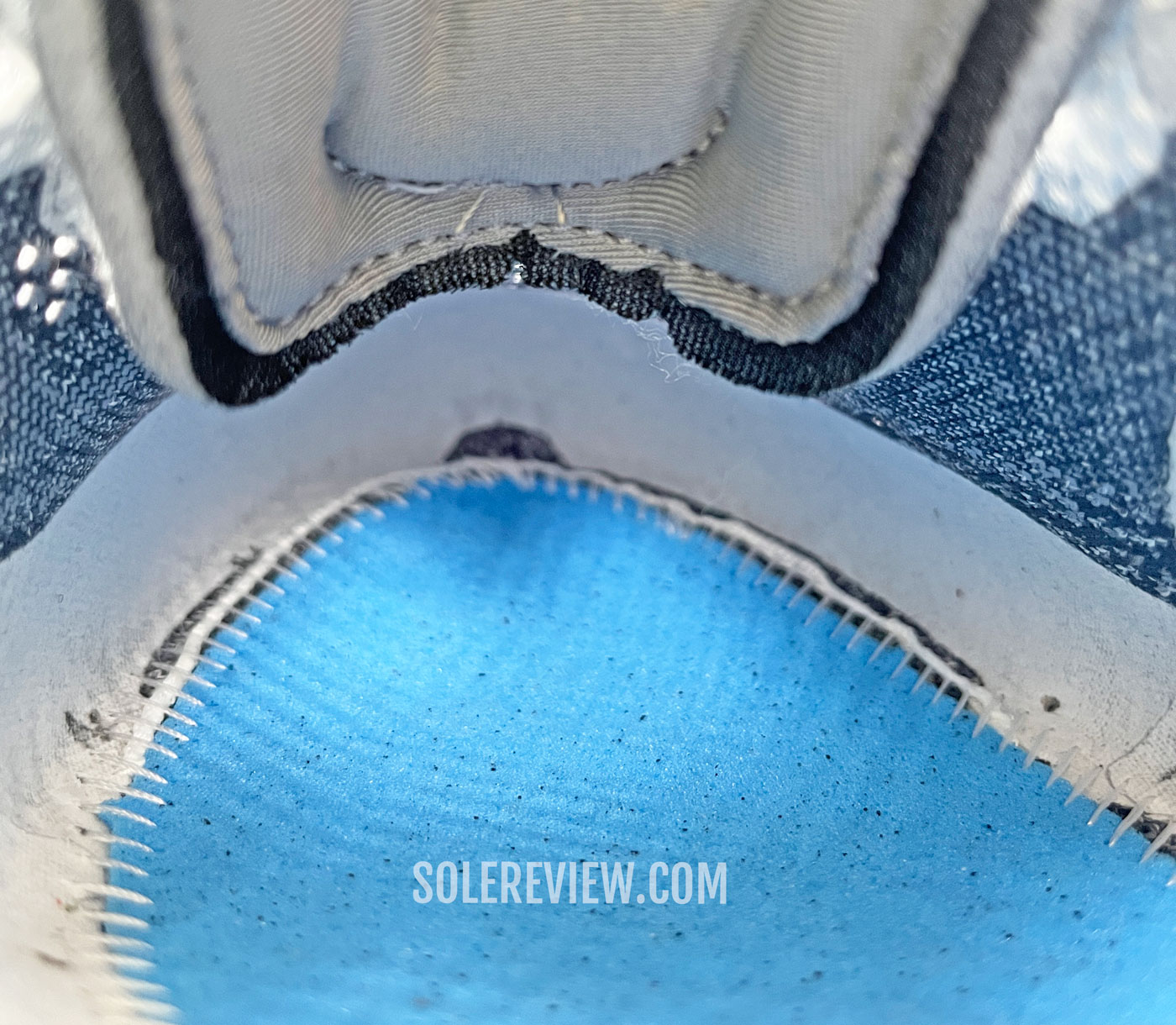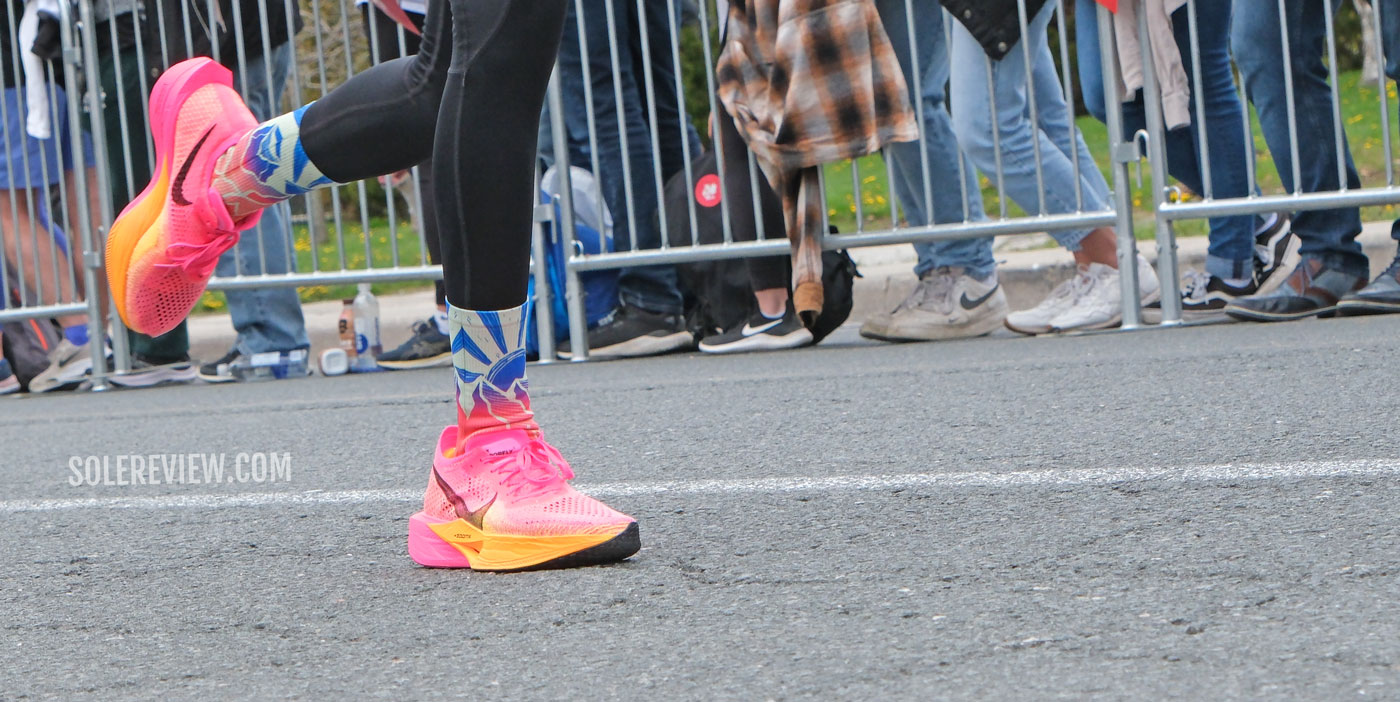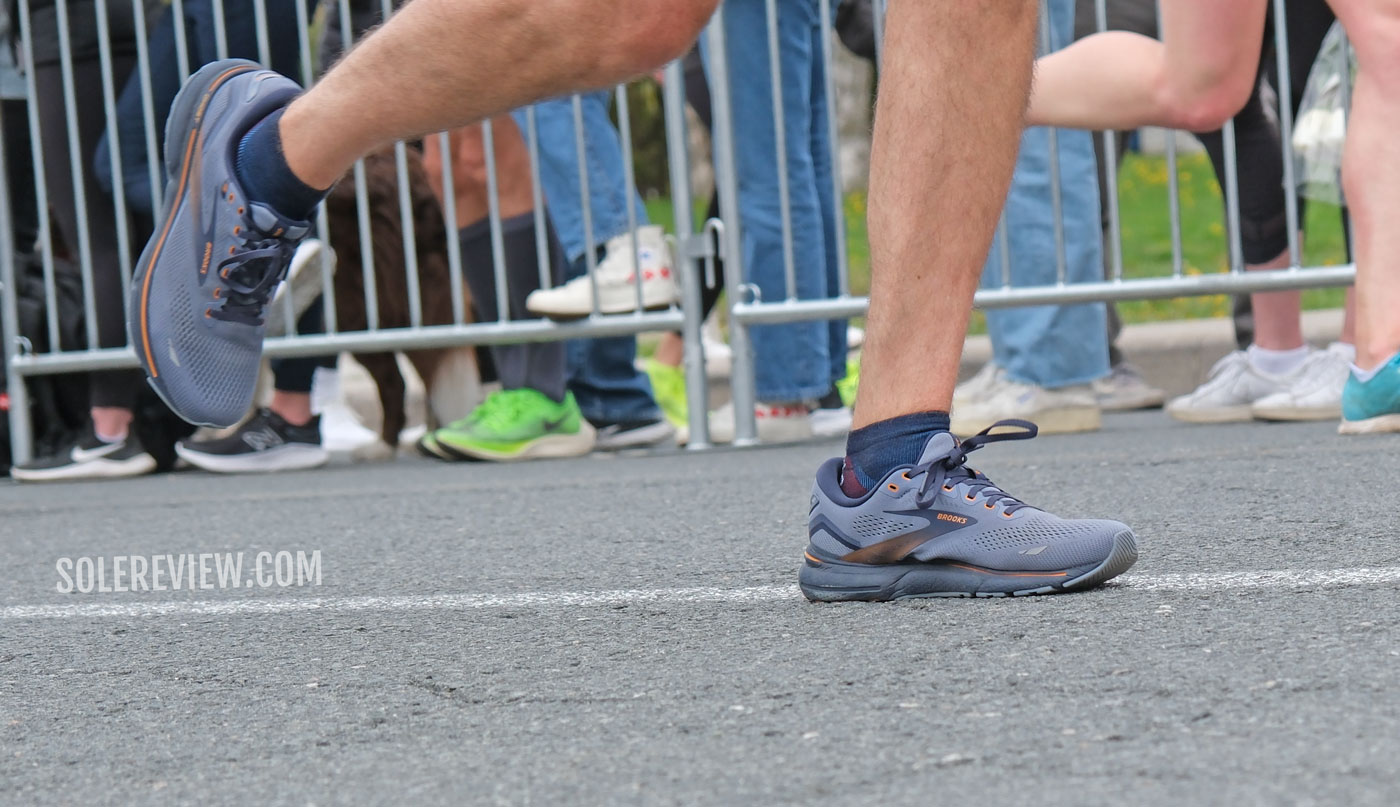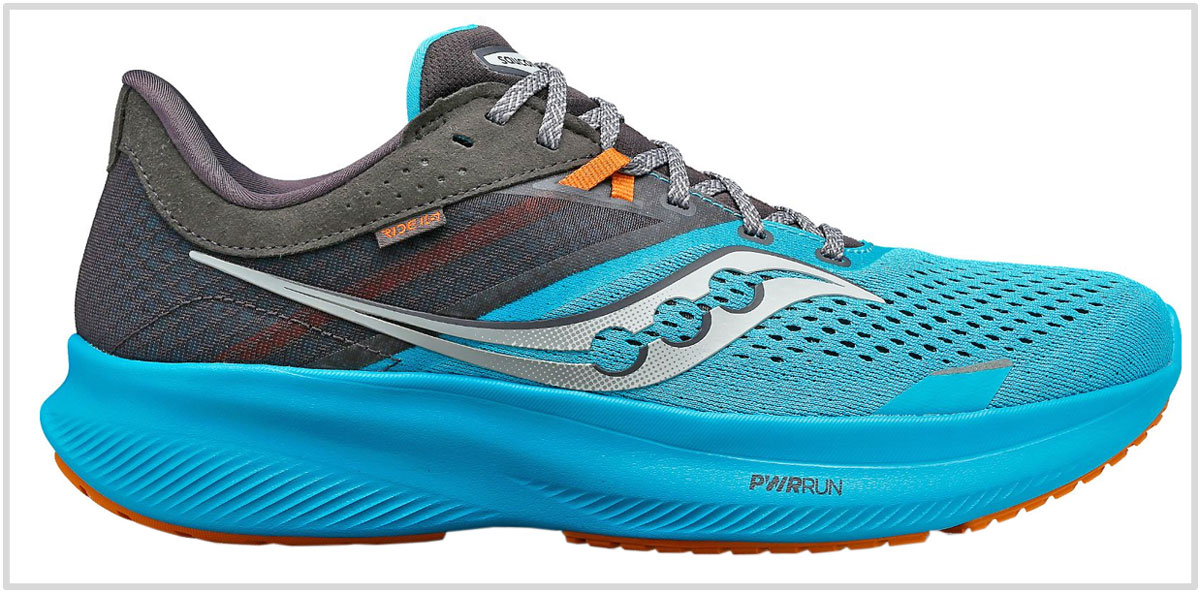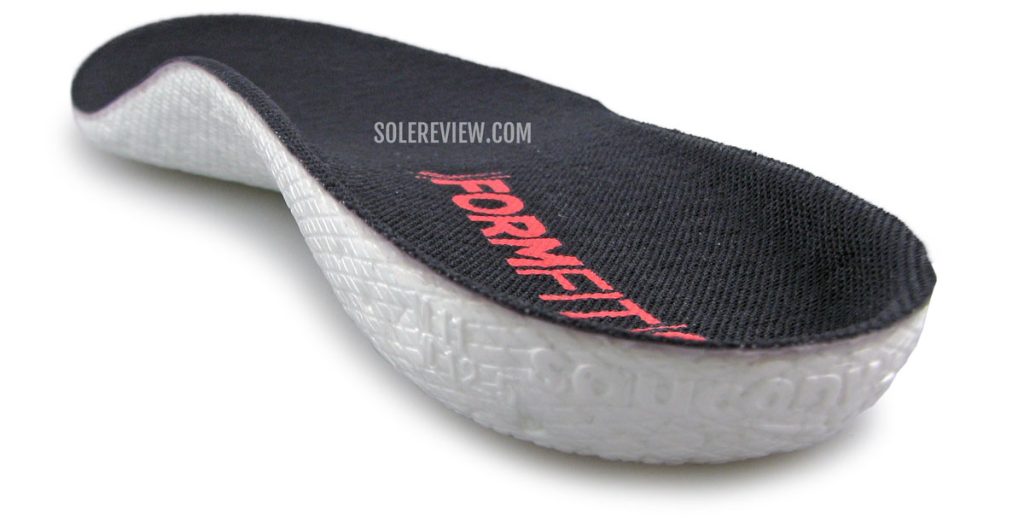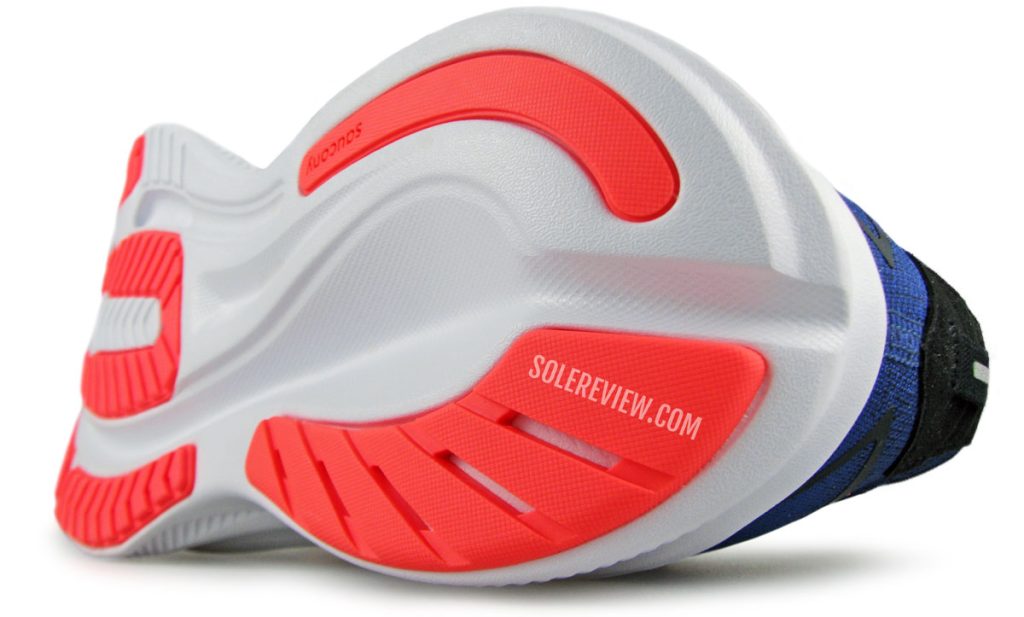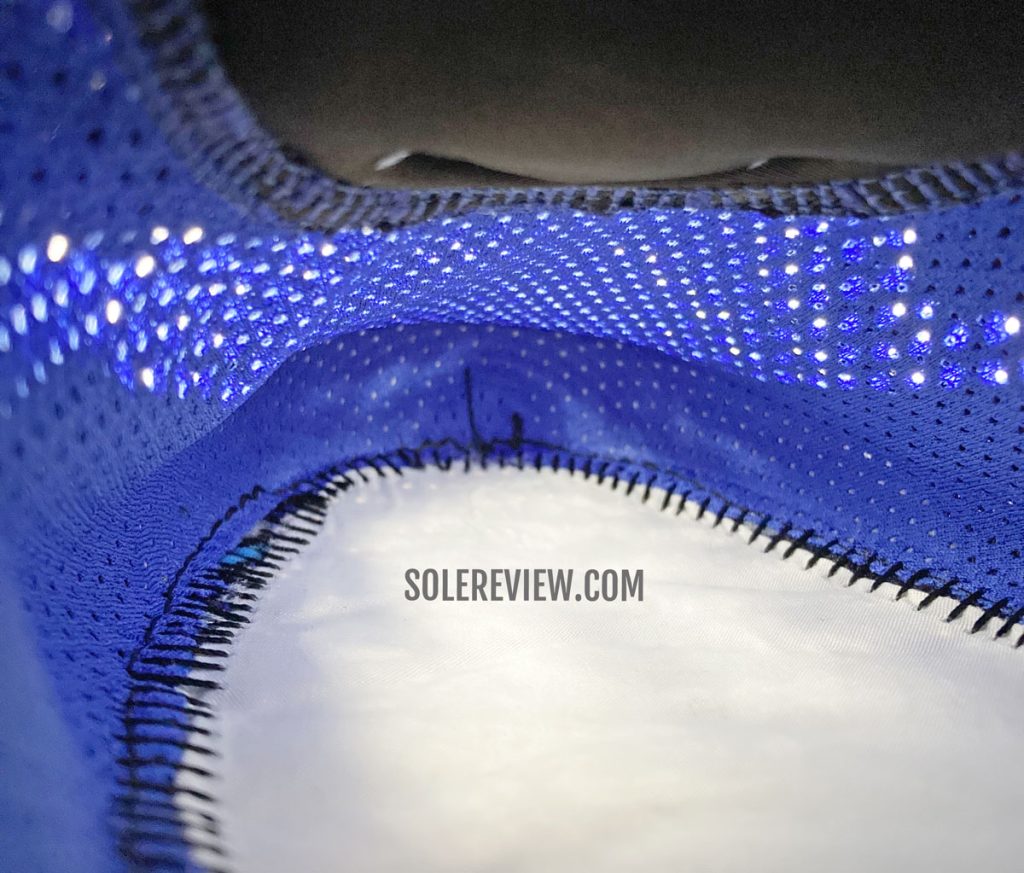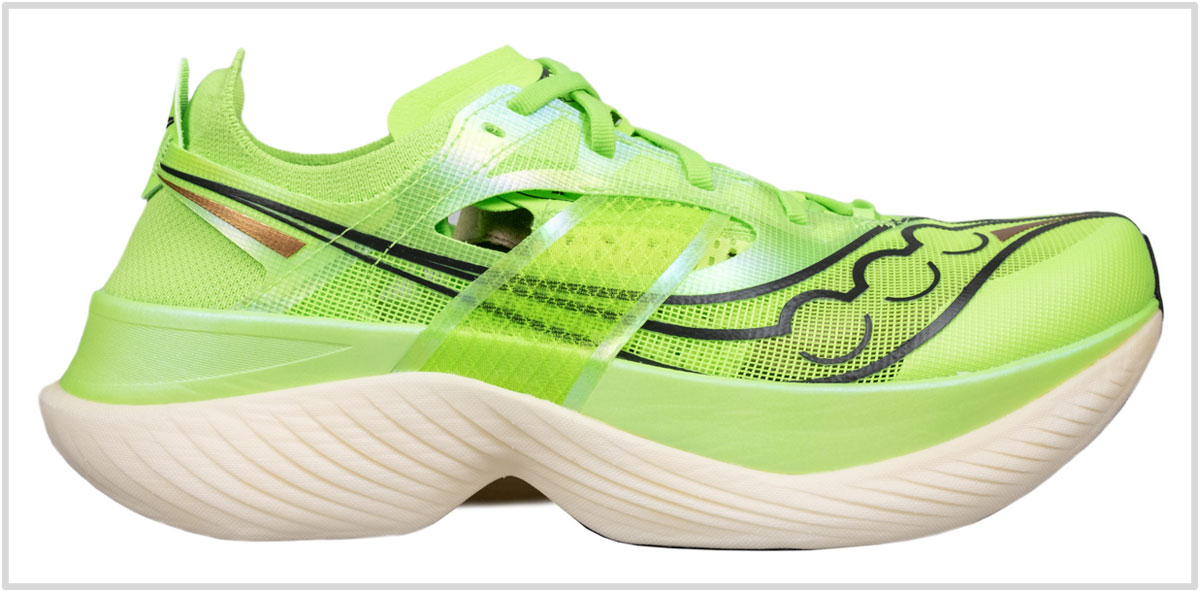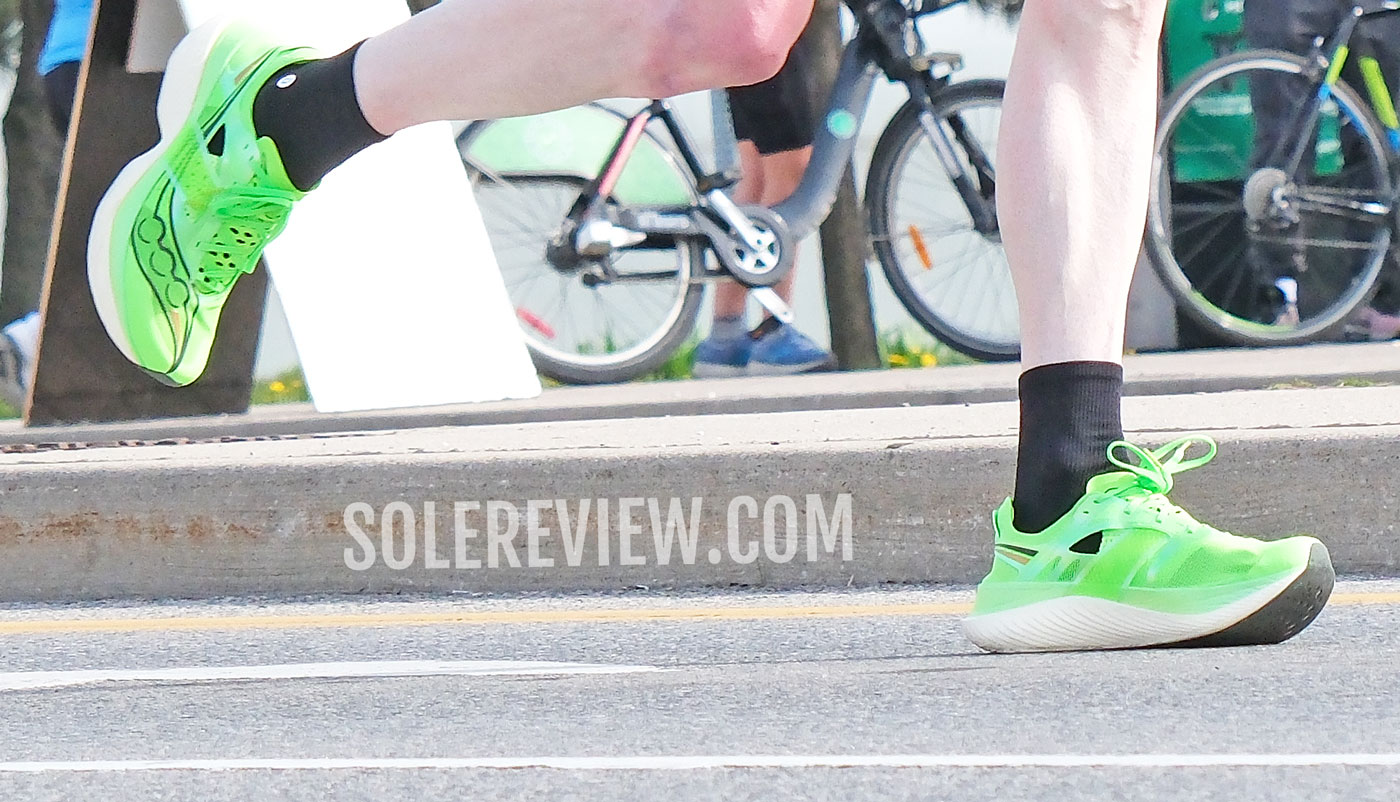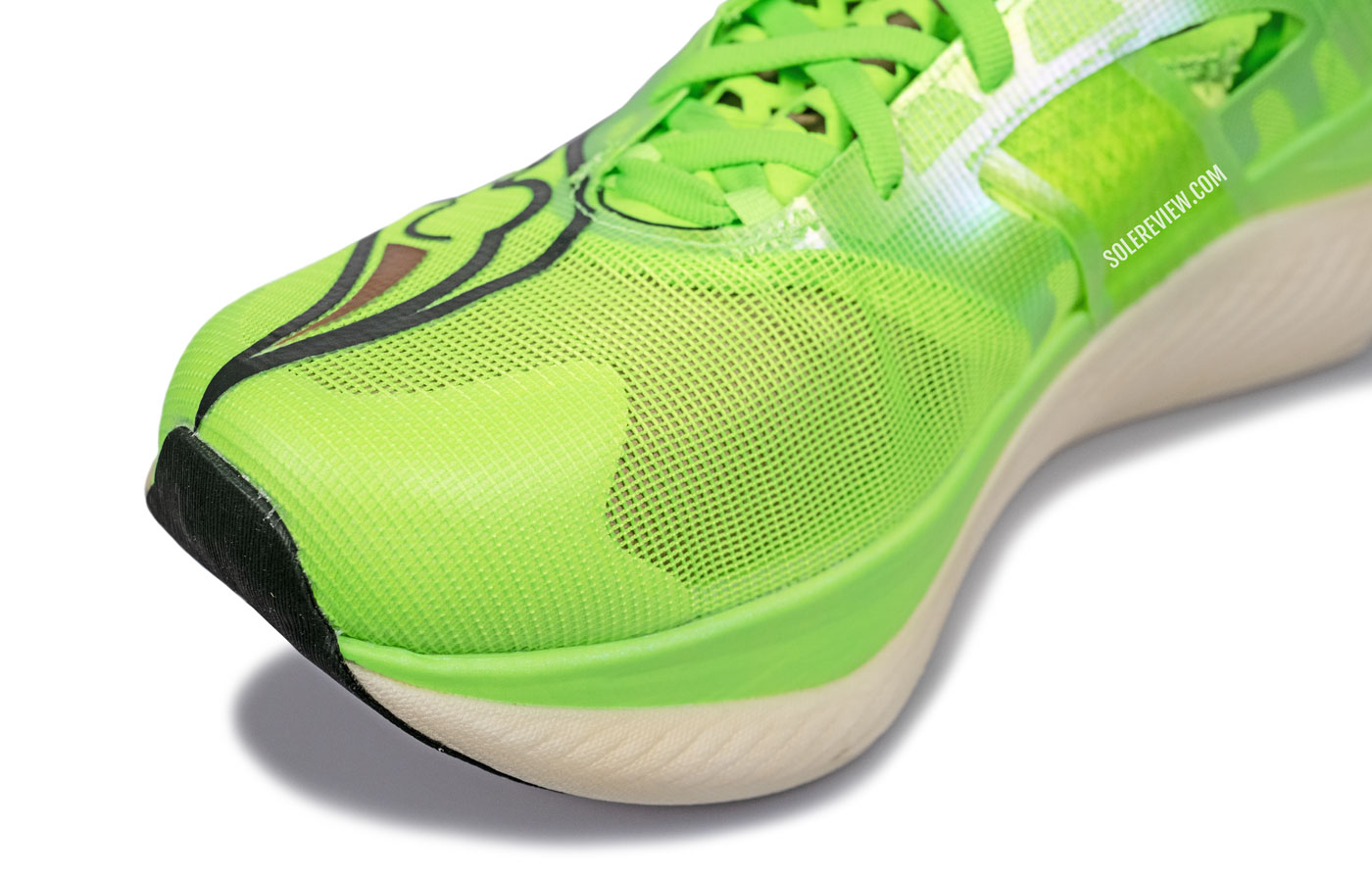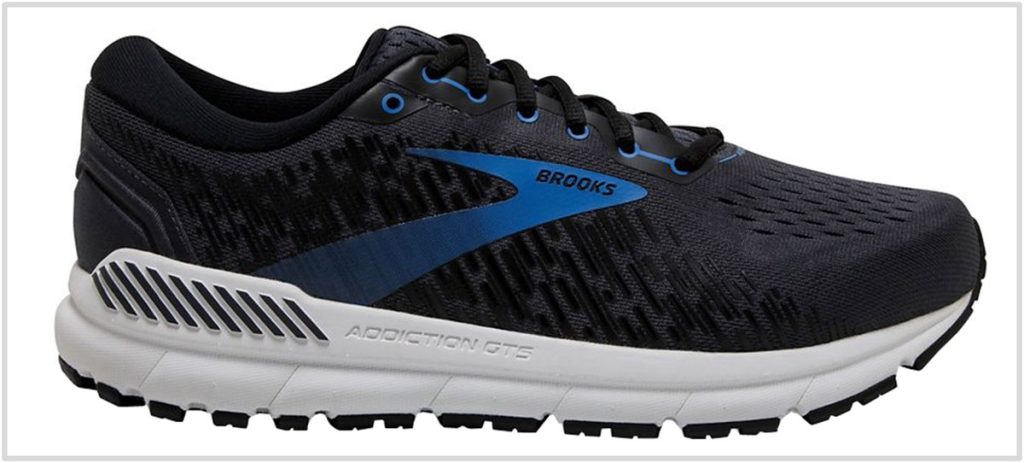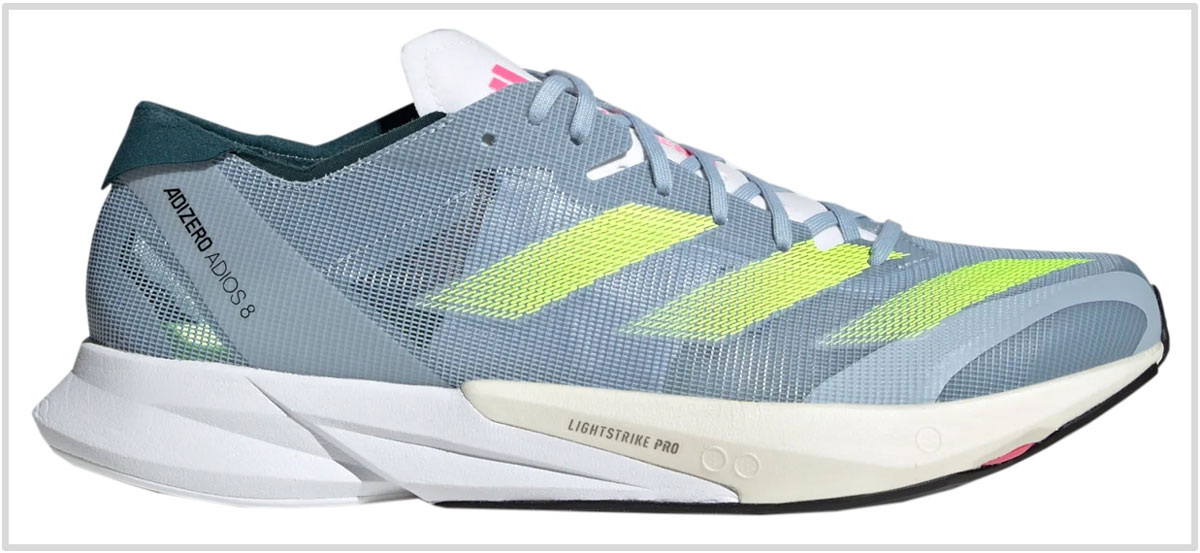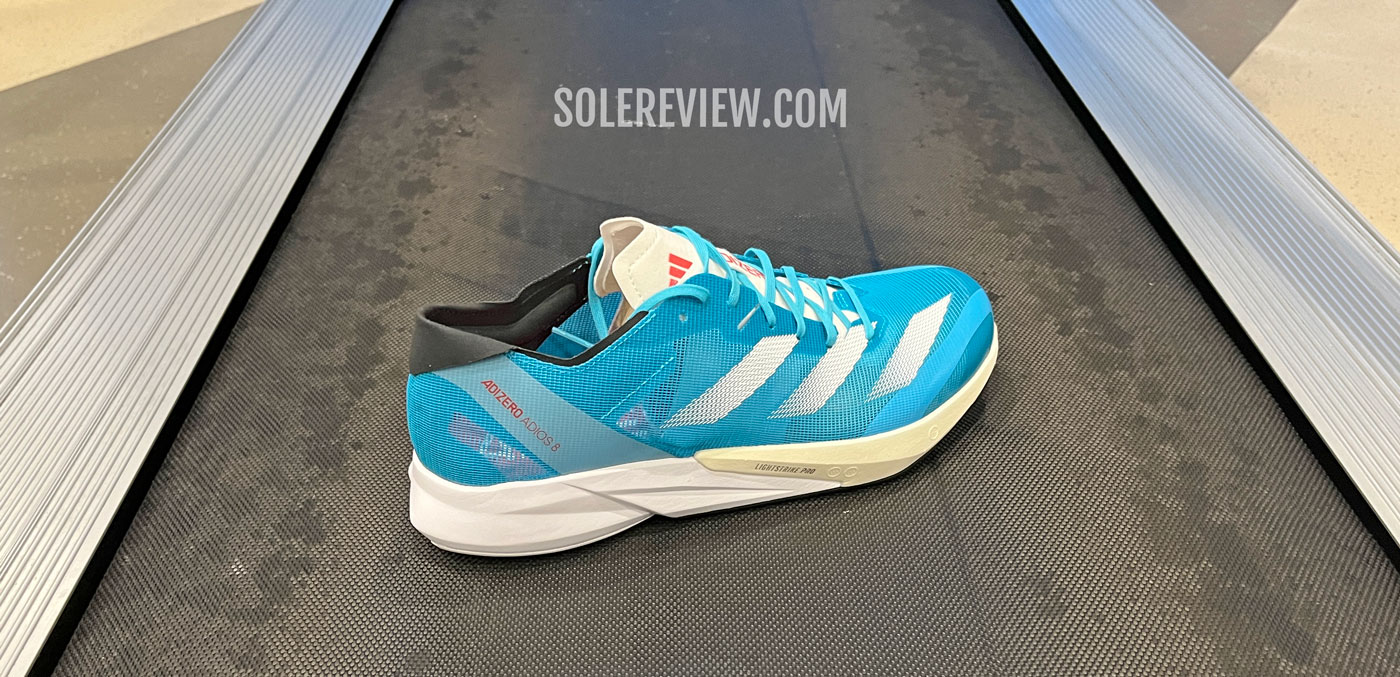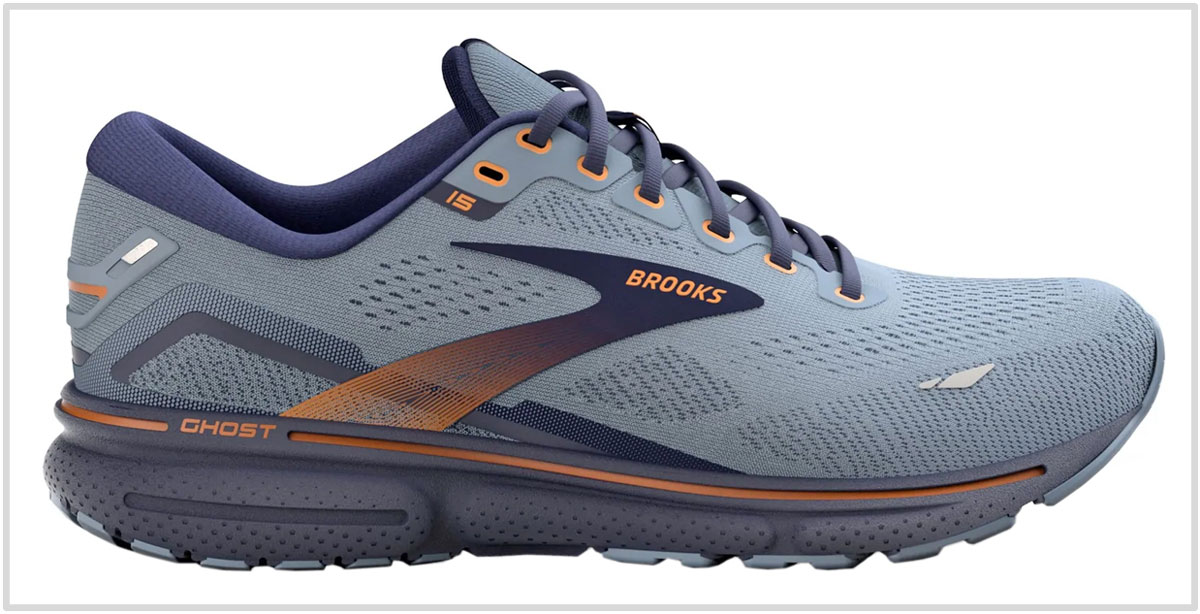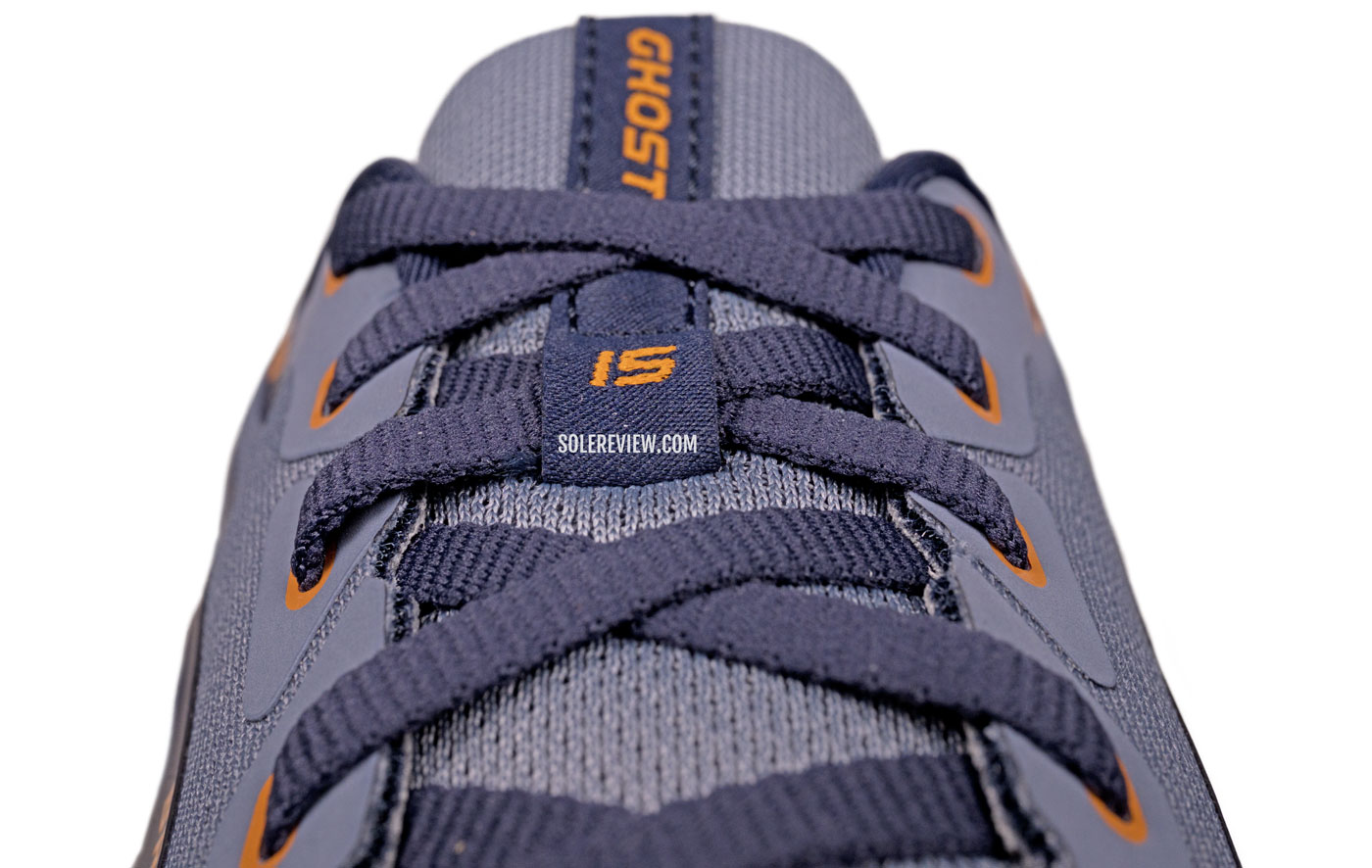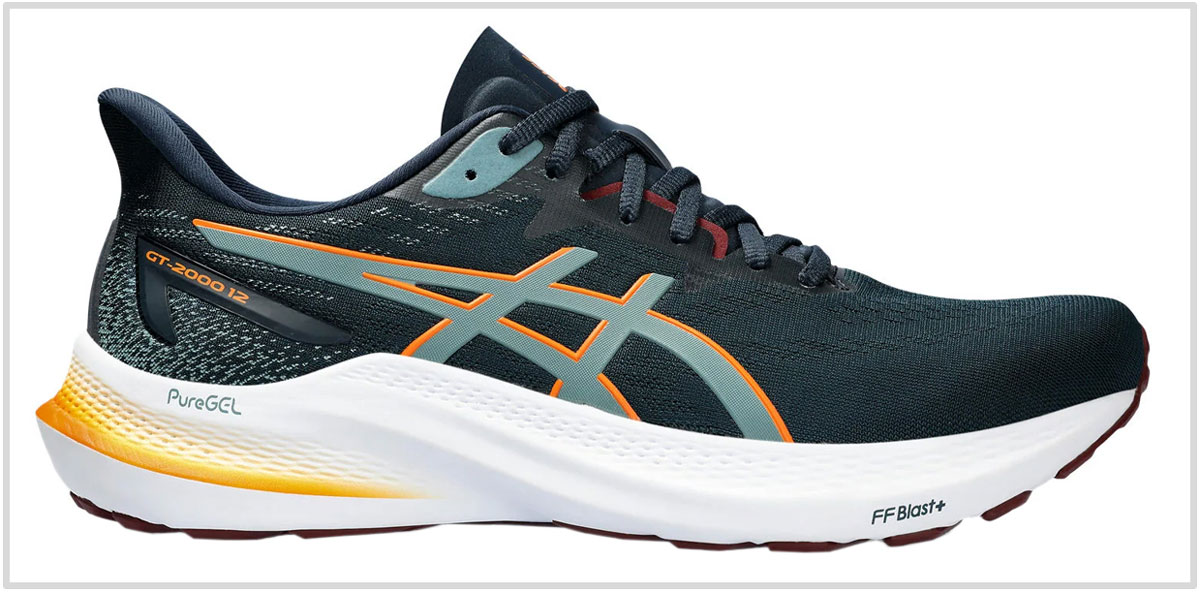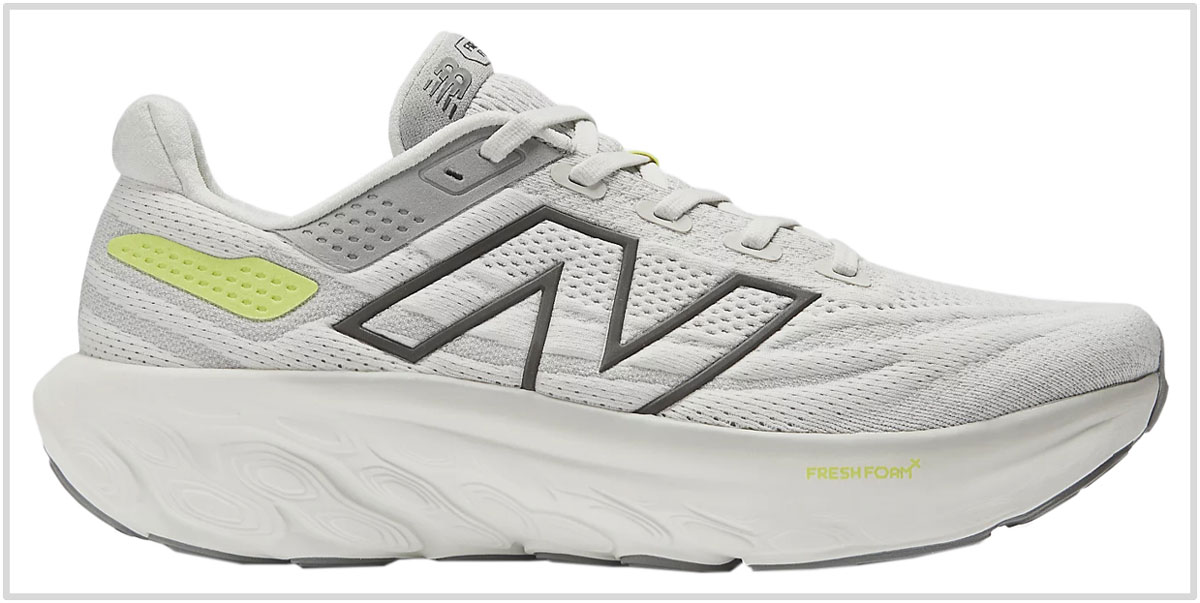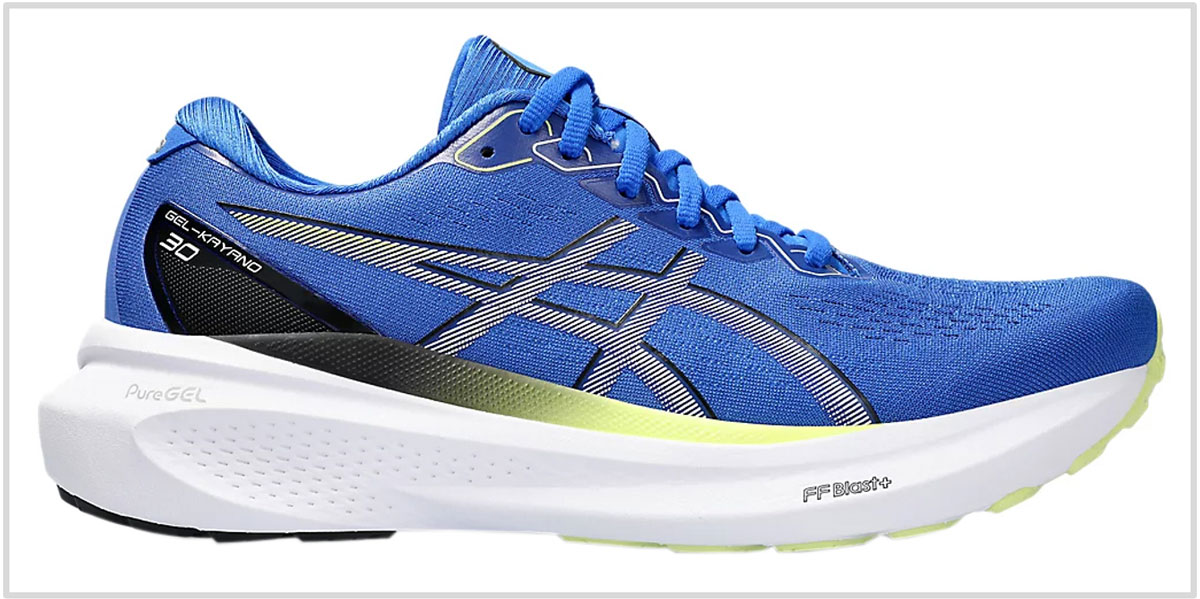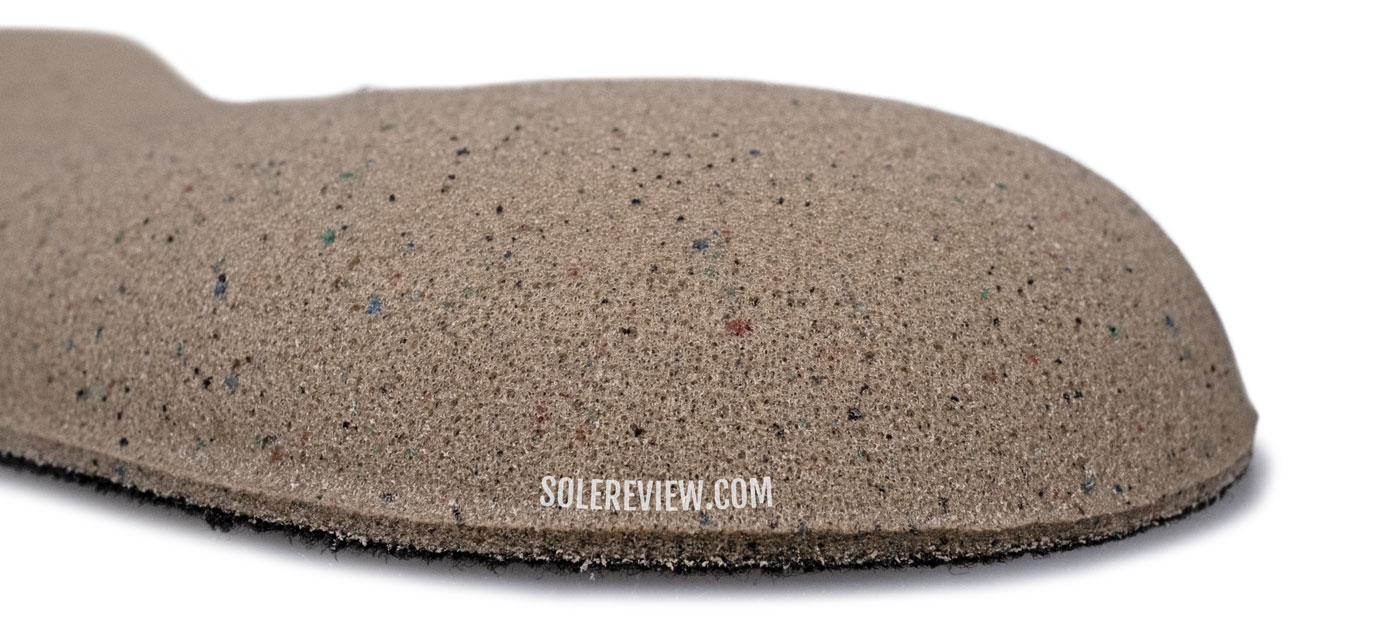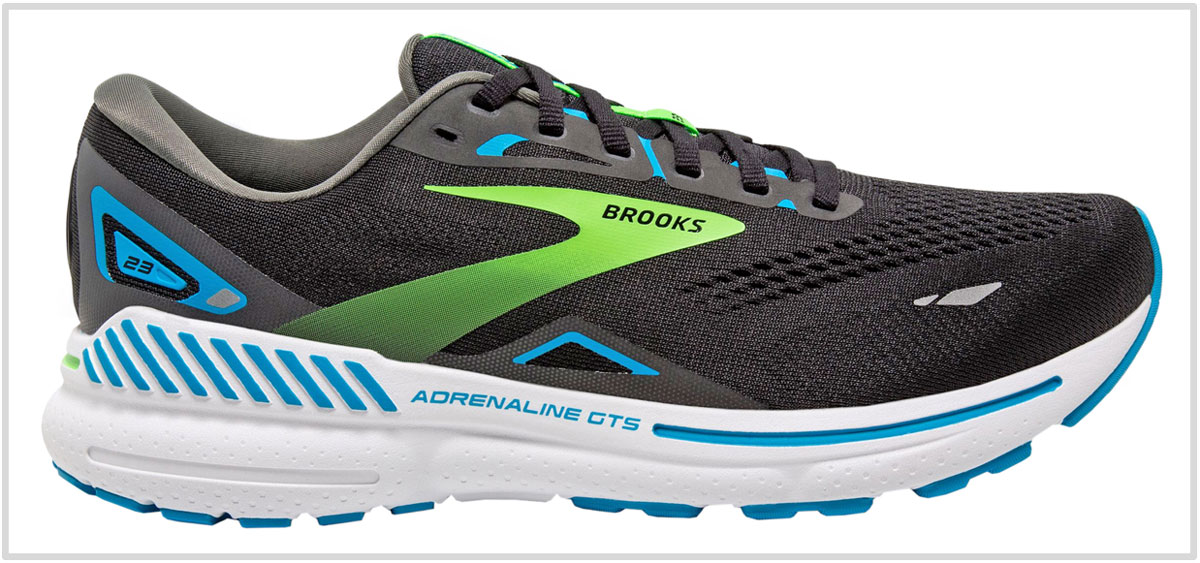This article has been updated for January 2024. The Saucony Kinvara 14 has been removed.
In this product guide:
- 1. Factors to consider
- 2. Everyday trainer with a spacious fit: Saucony Ride 16
- 3. Marathon racer with a spacious fit: Saucony Endorphin Elite
- 4. Stability trainer with a roomy fit: Brooks Addiction GTS 15
- 5. 5K/10K racer with a spacious fit: adidas Adios 8
- 6. Everyday trainer in 2E (wide) and 4E (extra-wide) sizes: Brooks Ghost 15
- 7. Stability trainer in 2E and 4E sizes: Asics GT-2000 12
- 8. Long-distance trainer in 2E and 4E sizes: New Balance 1080V13
- 9. Stability trainer in 2E and 4E sizes: Asics Kayano 30
- 10. Stability trainer in 2E and 4E sizes: Brooks Adrenaline GTS 23
On one hand, running shoes with a snug fit have their place in a rotation. For example, when running track intervals or racing a 5K, a secure upper fit becomes necessary.
However, an accommodating fit works better for high-mileage training or daily runs. The feet increase in volume during long runs, so having a spacious upper makes the ride experience enjoyable.
So how does one go about finding a running shoe with a spacious fit?
Some brands do a great job of offering optional widths. New Balance and Brooks, in particular, offer at least a wide (2E) for most of their running shoes. Asics and Saucony are catching up fast.
Though adidas now sells widths in some of their lower-priced products, and Nike does the same for a few of their popular models, the two shoe giants are nowhere close to New Balance or Brooks.
The problem with only a single width is that it’s based on the ‘one-size-fits-all’ approach. That’s one of the reasons why it is so frustrating to find a shoe that fits and feels right; footwear purchase is a highly personal choice.
And even if you found a pair that locked the foot in comfort, that might change with the next year’s ‘redesign.’
There’s a similar guide on how to find running shoes for narrow feet, and we’ll stick to the same format. In other words, we’ll split our list of recommended products into two groups.
The first category has running shoes with a standard width that should fit most foot profiles. The shoes in the second group have a spacious regular fit and are sold with an optional 2E (wide) and/or 4E (extra wide) sizing.
There’s a trick that we often utilize to create more forefoot room. First, remove the laces, and then re-lace the shoe by skipping the first row of eyelets. Most of the time, this works as an easy fix to free up interior space.
Some retailers also mention 2E and 4E as EE and EEEE. They might also use the terms ‘standard’, ‘wide’, and ‘extra wide’ instead of alphanumeric sizes. Don’t be confused; they all mean the same thing.
There is one difference between this and the narrow shoe guide. It is usually easier to find standard (D) width running shoes with a snug fit than it is to discover regular width shoes with a roomy forefoot.
It makes sense, though. After all, a running shoe with a sloppy interior isn’t a good one. Having too much space inside a standard D fit may cause the foot to move inside the shoe and potentially cause blisters.
We say this to manage expectations when we refer to an ‘accommodating’ fit elsewhere on this guide.
Also, we refer to the forefoot width here and not the stick length. Some shoes fit a half size larger (in the front) than they should, but that does not necessarily make the shoe wider.
At times, even 2E or 4E widths aren’t what they seem. For example, if a D width shoe is based on a very narrow last, then a 2E (wide) width will be snug instead of being roomy.
Though the ‘D’ width shoes featured here have a relatively easygoing fit, you should explore 2E and 4E sizing options to ensure adequate space.
Category 1: Running shoes with an accommodating D (regular) fit
1) Everyday trainer with a spacious fit: Saucony Ride 16
The Ride 16 has midsole stack heights of 35 mm (heel) and 27 mm (forefoot), as well as an insole made of expanded PU (Pwrrun+) foam. However, despite all the foam, the Saucony Ride 16 is still a neutral trainer with firm cushioning.
The midsole also features a deep midsole channel and flush outsole lugs for smooth transitions.
An accommodating upper is also a part of the update package. Even though the upper is fully sleeved, both the outer and inner mesh layers are thin and do not make the interiors narrow.
Like many recent Saucony releases, the broad toe-box has plenty of room for toe splay. And while the forefoot is secure, it never squishes the foot.
There’s also an optional wide (2E) sizing, just in case.
2) Marathon racer with a spacious fit: Saucony Endorphin Elite
The Saucony Endorphin Elite is surprisingly spacious for a long-distance racer. The generously ventilated mesh upper isn’t elastic, nor does it have a full inner sleeve. An internal bumper creates lots of space around the toes.
As a result, the Endorphin Elite is one of the most roomy Carbon-plated racers – even when compared to the Saucony Endorphin Pro. This is also a very breathable shoe, and that prevents overheating during a marathon.
The midsole uses a similar form factor as most plated racers. A full-length Carbon plate assists the loading process and delivers the signature ‘snap’ during the gait cycle. The lightweight Pwrrun HG foam core makes the ride comfortable enough for a marathon. Our full road-tested review is here.
Only the outsole grip is a downgrade from comparable PEBA-plate racers. The Endorphin Elite’s exaggerated rocker and flat rubber texture negatively impact the outsole coverage and grip.
3) Stability trainer with a spacious fit: Brooks Addiction GTS 15
Before anything else, what is the Brooks Addiction GTS 15 even about? Honestly, the Brooks line is getting a bit confusing now.
Ever since they decided to get rid of firmer medial posts on most of their shoes (like the Beast and Adrenaline), many of their shoes look the same because of ‘Guiderails.’ This is the raised midsole edge that’s meant to ‘guide’ the foot through the transition cycle.
The Addiction GTS 15 shares the same name as the Addiction 14, but features the ‘Guiderails’ instead of a medial post. Regardless, this supportive (and heavy) shoe has something in common with the Addiction 14 – a spacious interior.
A wide midsole translates into a roomy upper, and that’s what happens to the Addiction GTS 15. This orthotic-friendly stability shoe will accommodate runners with wide feet. For Clydesdale-esque feet, Brooks sells the much wider 2E and 4E sizing as well.
4) 5K/10K speed trainer with a spacious fit: adidas adios 8
The adidas adizero adios isn’t what it used to be. Once upon a time, the adidas adios was a traditional racing flat. Sure, the early versions from a decade ago had a Boost midsole, but it was still a technical racing flat with a DSP outsole.
A long time has passed since, and the Adios has evolved – along with other adizero products like the Boston and Takumi.
The modern adizero adios is a lot more cushioned, and therefore, less punishing on the feet than the prior versions.
Not only is the midsole taller, but it also combines the Lightstrike Pro (forefoot) and Lightstrike EVA (heel) to produce a ride quality that blends comfort with a speed-friendly character. The forefoot is shod with Continental rubber for reliable traction during the gait cycle. This is a speed shoe that’s comfortable enough for 10K runs. Our detailed review has everything that you need to know about the adios 8.
The midsole isn’t the only part of the adios that’s easy on the foot. Relatively speaking, the Adios 8 has the most easygoing fit so far. The breathable mesh upper doesn’t squeeze the foot in a vice-like grip, but it isn’t sloppy either. An internal midfoot strap holds the foot in place.
Also see: The adidas Boston 12 for a higher level of ride comfort, and with an accommodating upper fit.
Category 2: Running shoes with optional 2E (wide) and/or 4E (extra wide) sizes.
5) Daily trainer in wide and extra-wide sizes: Brooks Ghost 15
The forefoot room was never an issue with the Brooks Ghost, and that doesn’t change for the 15th edition either.
The upper lacks a full inner sleeve or forefoot overlays, so the regular ‘D’ width is comfortable enough for most foot profiles. If you find the Ghost 15 narrow, it helps to know that an optional wide and extra wide is also offered.
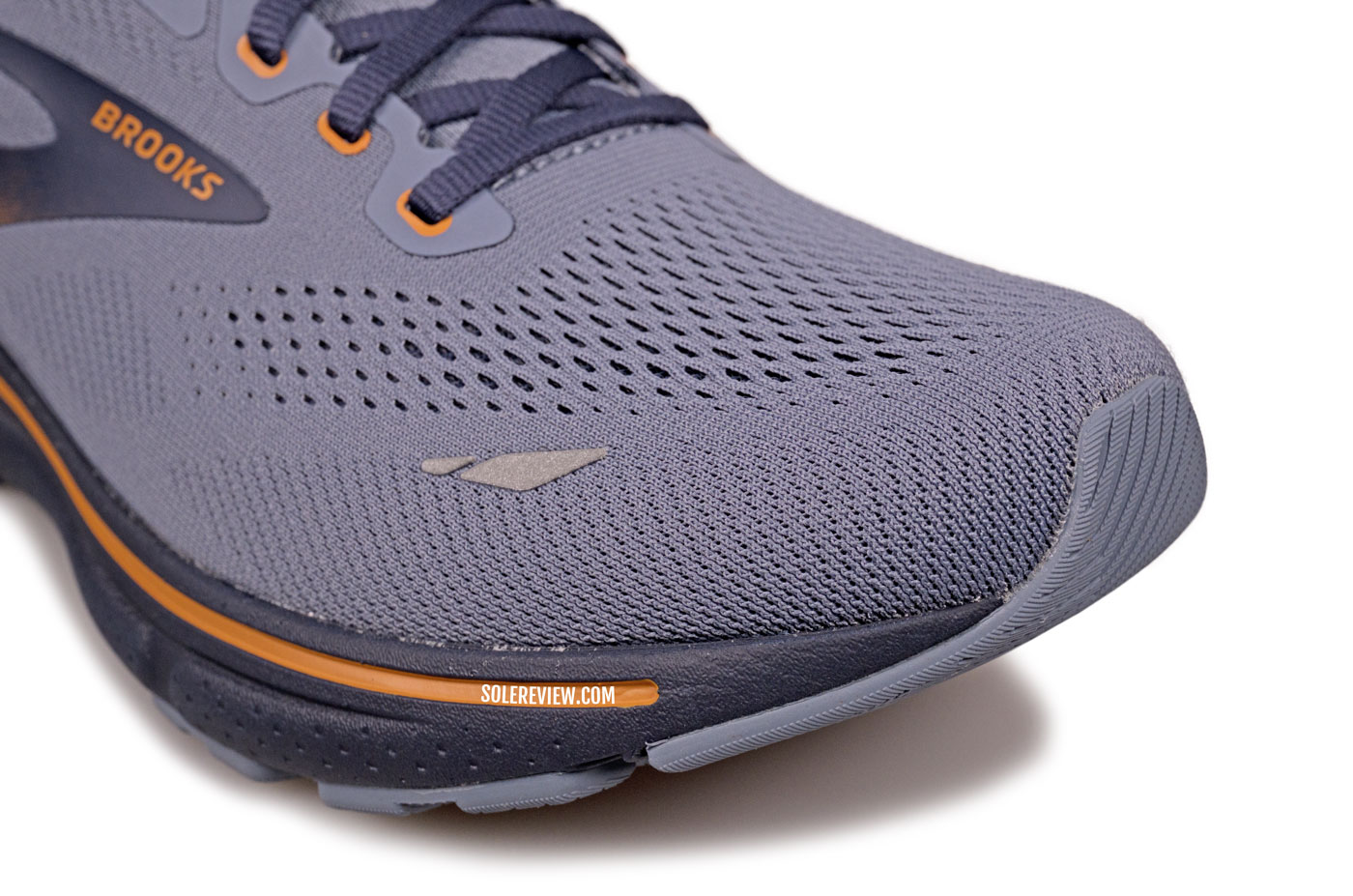
The standard Brooks Ghost 15 fits just right, but there’s an option of a wide (2E) and extra-wide (4E) as well.
There’s a good reason why the Brooks Ghost is such a successful running shoe. The single-density midsole (EVA foam, nothing fancy though) is very comfortable and smooth – a cushioning blend that’s excellent for everyday runs. The Ghost 15 isn’t all that different from the Ghost 14, so it’s hard to go wrong with either. Read our Ghost 15 review to find out more.
6) Stability trainer in wide and extra-wide sizes: Asics GT-2000 12
The GT-2000 has always been a reliable, do-everything stability shoe. The ‘safe’ character also applies to the upper fit.
In its stock D (regular) width, the engineered mesh forefoot offers a just-right interior volume. For runners with wide feet, Asics sells a 2E (wide) and 4E (extra wide) in the GT-2000 12.
While we’re here, we’d like to call out the updates on the GT-2000.
The medial post (the firmer foam wedge) is finally gone from the midsole. Just like the Kayano 30 – its more premium version – the GT-2000 adopts a neutral-like midsole design with a supportive and cushioned ride.
As always, the GT-2000 12 continues to be a supportive everyday trainer, except that it’s a marginally softer version of the GT-2000 11.
7) Long-distance cruiser in wide and extra-wide sizes: New Balance 1080V13
With the stretchy mesh upper from the 1080V12 gone, the 1080V13 fits narrower than before. That being said, New Balance sells this model from a B (narrow) to 4E (extra wide) width for narrow and wide-footed runners alike.
Offering multiple widths isn’t the only trick up the 1080’s sleeve. The deeply cushioned Fresh Foam midsole is softer than the 1080V12 and makes long runs less punishing by minimizing foot fatigue. The rocker shape of the 1080 V13 also promotes smooth transitions.
The 1080V13’s high level of ride and upper comfort makes it a daily trainer as well as a running shoe for long-distance runs.
8) Supportive trainer in wide and extra-wide sizes: Asics Kayano 30
In its standard ‘D’ width, the Kayano 30 doesn’t have a roomy forefoot. It’s quite snug, but with an accommodating toe-box. That being said, the upper is also offered in wide (2E) and extra-wide (4E) sizes for a fit of your choosing. The interiors use soft-touch materials and padding for a smooth and plush fit.
The Kayano used to be one of Asics’s ‘traditional’ stability running shoes, which means that the inner midsole had a firmer wedge (aka the LiteTruss, formerly Duomax). Since the outer sidewall (the Gel side) was slightly softer, the Kayano has a mild motion control ride character.
That’s no longer the case. The Asics Kayano 30 drops the Kayano 29 form factor and adopts the Kayano Lite design instead. From a performance point of view, the new Kayano is a ‘supportive neutral’ running shoe that neither has a medial post nor a visible Gel window.
Not only do these changes make the ride neutral and unbiased, but the midsole is softer as well. The Kayano 30 is still very supportive because of its neutral character and wide outsole footprint. Speaking of which, we prefer the Kayano 30’s more practical outsole over whatever the Nimbus 25 had.
These updates on the latest version make it the softest Kayano to date. The Flytefoam midsole and Ortholite insole add a plush feel to the ride, so this is a shoe that works best as a daily beater or long-distance trainer.
9) Supportive trainer in wide and extra-wide sizes: Brooks Adrenaline GTS 23
The Adrenaline GTS 23 is a ‘supportive neutral’ running shoe with a just-right forefoot fit that will accommodate most foot profiles. On the road, it’s similar to the GTS 22, so our wear-tested review is still relevant.
However, if the standard ‘D’ sizing doesn’t fit, the optional 2E and 4E widths will get you out of a tight spot.
Just like the Ghost 15, the Adrenaline 23’s perforated mesh and lack of layering create a Goldilocks fit inside the forefoot.
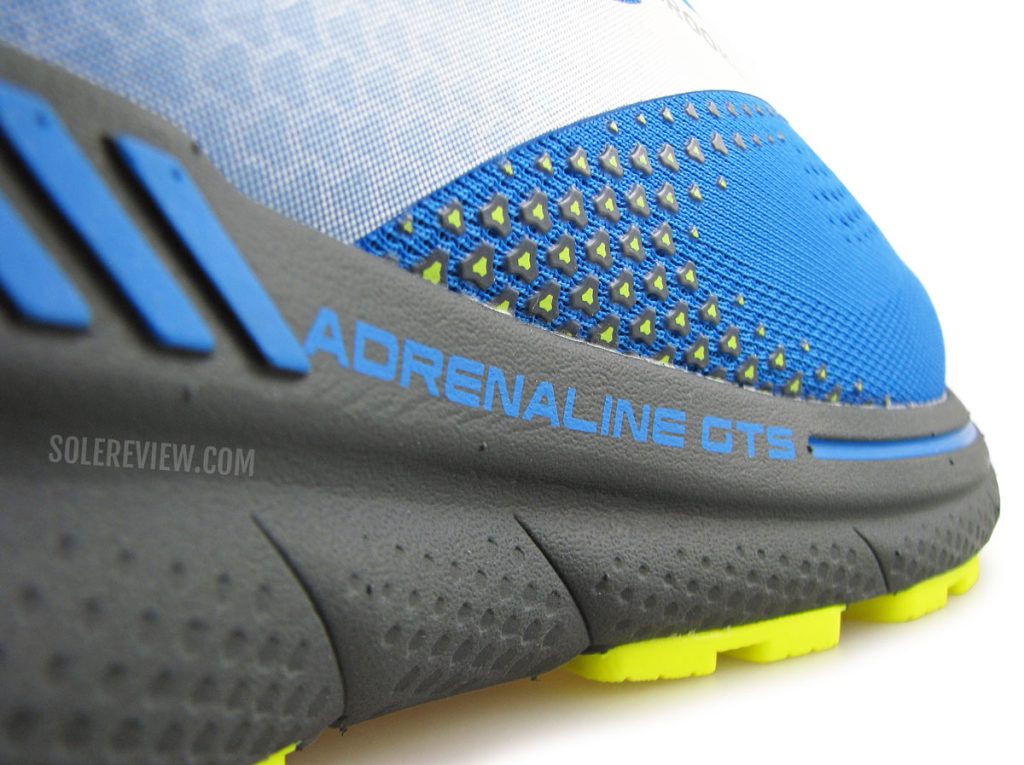
Brooks dropped the medial post in favor of ‘Guiderails’ – elevated midsole edges that cup the foot on either side.
The Adrenaline GTS hasn’t been the same since the 19th edition. Brooks removed the medial post of the V18 and substituted it with a ‘Guiderail’. Here, the midsole has raised sidewalls that cup the foot on either side.
The Brooks Adrenaline GTS 23 has a similar midsole architecture as the past few versions, so it isn’t very different from the 22. There’s ample cushioning for everyday runs while also being supportive. The cushioning isn’t too soft, so that helps with the overall stability.
As far as the Guiderails are concerned, we view them as a placebo – those won’t ‘correct’ overpronation.
Do you own any of these shoes? Improve this review by sharing your insights – submit a review here.

